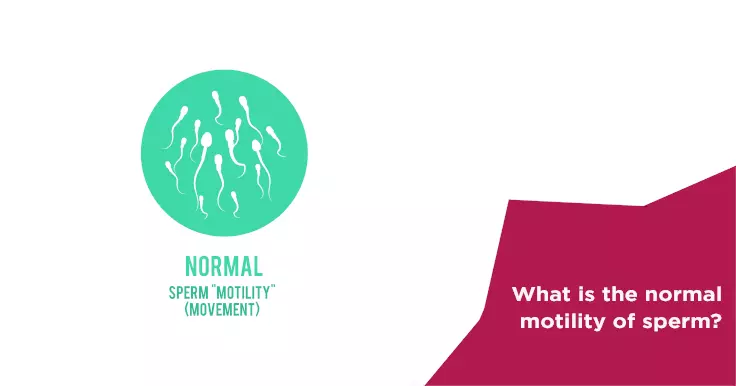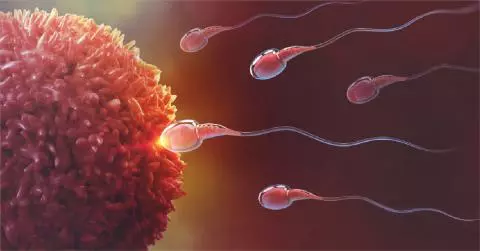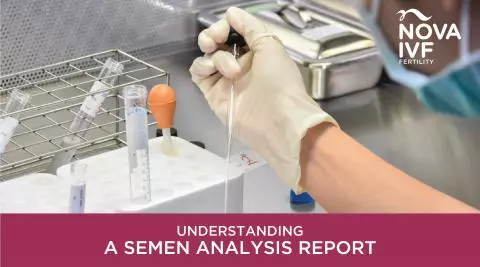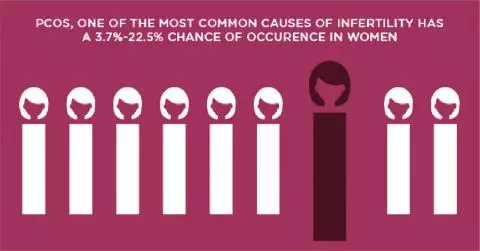Understanding Sperm Motility
The motility of sperm refers to its ability to move efficiently within the female reproductive tract. This is an important factor in fertility because the sperm must pass through the fallopian tube to reach the female partner’s egg for the purpose of fertilization.
There are mainly two types of motility in sperm, which refer to how each sperm swims.
- Progressive motility - This means that the sperm swims or moves predominantly in large circles or in a straight line.
- Non-progressive motility- his implies that the sperm are moving but not in a forward direction. They would rather move in irregular paths or in tight circles.
For sperm to pass through the cervical mucus and fertilize a female's egg, i.e., sperm motility percentage for pregnancy, they must move at least 25 micrometres per second.
If less than 32% of sperm can move efficiently, this condition is known as poor sperm motility, or asthenozoospermia.
How does Sperm Motility Affect Fertility?
In simple words, if sperm are unable to swim easily within the female reproductive tract, it becomes much more difficult for sperm to reach and fertilize an ova or egg. Other factors can also influence the movement of sperm to their intended location. When a female ovulates, the cervix softens and opens, the levels of pH become less acidic, and the cervical mucus gets more slippery, allowing sperm to move more freely.
Sperm motility has a direct impact on fertility since the sperm must travel, or swim, from the cervix through the uterus and then into the fallopian tube to reach and potentially fertilize the egg. If sperm do not have good motility and fail to move rapidly, they may be unable to reach the egg.
However, it is important to note that the motility of sperm is not the only criteria taken into consideration when examining normal sperm; the number of sperm, shape (morphology), and sperm concentration are all looked into.
What is the Normal Motility of Sperm?
According to the WHO’s Handbook for Semen Analysis, 2021, in healthy males, approximately 42% of sperm must have complete motility—meaning there is some movement, even if it is in small circles—and at least 30% of sperm must have progressive motility, which means they are moving forward in a linear path or large circles.
With respect to numbers, a count of above twenty million motile sperm is regarded as normal. However, it is important to note that a higher motile sperm count above twenty million does not translate to a higher likelihood of getting pregnant. But less than twenty million motile sperm can result in lower chances of conceiving. It is possible for a sperm count of five million and above to be used for in-vitro fertilization (IVF) with or without intracytoplasmic sperm injection (ICSI) or for intrauterine insemination (IUI).
A basic semen analysis investigates the most significant indicators of sperm health, such as sperm count, concentration, and sperm motility. Following are the results of a normal semen analysis and the motility grades of sperm.
Normal Semen Analysis Report Results
| Test | Normal Values |
|---|---|
| Sperm Count | 40 million or more |
| Volume | 2.0 mL or higher |
| Total Motility | 40% or higher |
| Sperm Concentration | 20 million or more per mL |
| Morphology (% of normal-appearing sperm) | 4% or more normal |
| Total Progressive Motility | 32% or higher |
Motility Grades of Sperm
A detailed semen analysis classifies the motility of sperm in any of the following grades:
- Grade A: Fast progressive sperm that swim quickly in a straightforward direction.
- Grade B: Slow progressive sperm that move forward but in a less direct or somewhat erratic line.
- Grade C: Non-progressive sperm that can move their tails but cannot move forward.
- Grade D: Immotile sperm that do not move at all.
Grades C and D are considered poor, indicating that the testicles are producing poor-quality sperm and not functioning normally.
Factors Affecting Sperm Motility
Various factors can be responsible that can affect the sperm motility:
Biological Factors
Some males may have a genetic predisposition, whereas others could have an undetected medical condition. Conditions such as varicocele (enlarged scrotal veins), infection, testicular injury, undescended testicles, malignancy, or surgery can all affect sperm motility.
Lifestyle Factors & Environmental Factors
Lifestyle and environmental factors can further impact sperm motility. Smoking, for example, has been associated with lower sperm motility, particularly in men who smoke over ten cigarettes a day. Similarly, men working in the military, driving, painting, or having experienced recurrent pelvic trauma may be at increased risk for job-induced infertility.
Diagnosis
A standard semen analysis can determine sperm motility. For the test, you must give a sperm specimen. This is often obtained by masturbation at a doctor's office or testing centre. It is also possible to obtain a specimen of sperm by having sex with a condom or by withdrawing. The sample must be stored at room temperature and submitted to the laboratory within 30–60 minutes.
If the sperm motility is less than 40%, you are considered to have low sperm motility.
Apart from sperm motility, your doctor can utilize a semen analysis to test sperm count and concentration, among other things.
Treatment
If you or your spouse are diagnosed with low motility of sperm, you should consult your doctor since there could be an underlying medical condition, such as varicocele or low hormone levels. If an underlying medical condition is the reason, treatment will be customized according to what is needed.
However, there are several modifications to your lifestyle you may have to make that will improve overall sperm and reproductive health, such as:
- Exercise regularly and keep a healthy weight.
- Limit your smartphone's exposure.
- Reduce alcohol consumption and quit smoking.
- Stress management
- To keep the testicles cool, use loose underwear.
Speak with your doctor about any supplements you can take; for example, vitamin E and selenium may have benefits for improving sperm motility.
Conclusion
Several factors may impact male fertility. If the sperm is in good condition, pregnancy can occur despite limited sperm motility. Using reproductive technology, such as IVF or IUI, can enhance the likelihood of conception. This is because they eliminate the requirement for the sperm to move around on its own.
If you have been trying to conceive for over 12 months or more and haven't been successful, consult your doctor. Your doctor may run tests on you and your spouse to see whether you have any fertility-related health issues. Your doctor will decide on the next actions.
 Infertility Counselling
Infertility Counselling Female Infertility Treatment
Female Infertility Treatment Andrology Treatment
Andrology Treatment Fertility Enhancing Surgeries - Female
Fertility Enhancing Surgeries - Female Fertility Enhancing Surgeries - Male
Fertility Enhancing Surgeries - Male Endoscopy Treatment
Endoscopy Treatment IUI Treatment
IUI Treatment IVF Treatment
IVF Treatment ICSI Treatment
ICSI Treatment Advanced IVF Solutions
Advanced IVF Solutions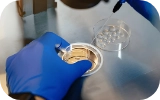 Embryology
Embryology Vitrification Egg, Embryo, Sperm Freezing
Vitrification Egg, Embryo, Sperm Freezing Preimplantation Genetic Testing (PGT)
Preimplantation Genetic Testing (PGT) Donation Program Embryo / Egg / Sperm
Donation Program Embryo / Egg / Sperm Self-cycleTM IVF
Self-cycleTM IVF

 Self-cycleTM IVF
Self-cycleTM IVF